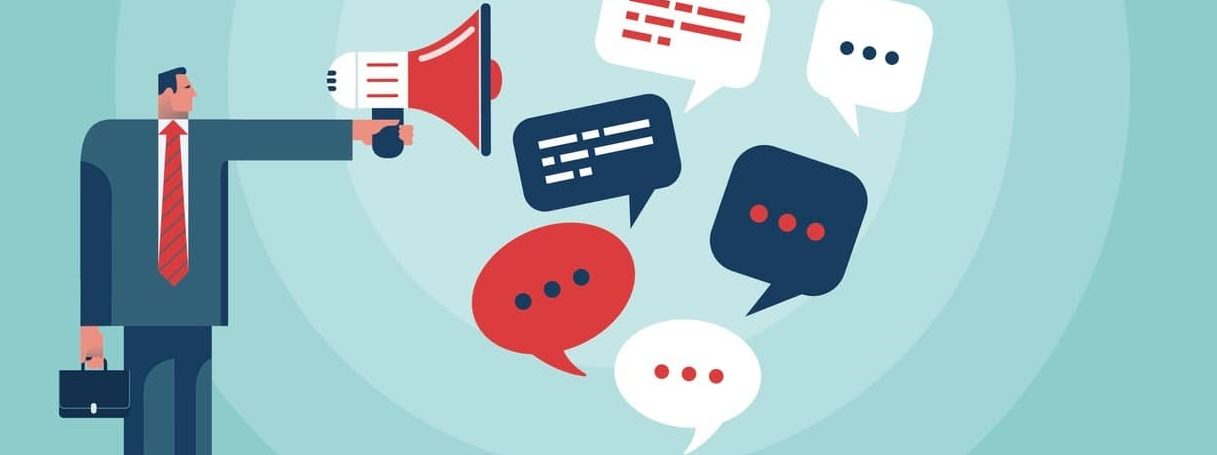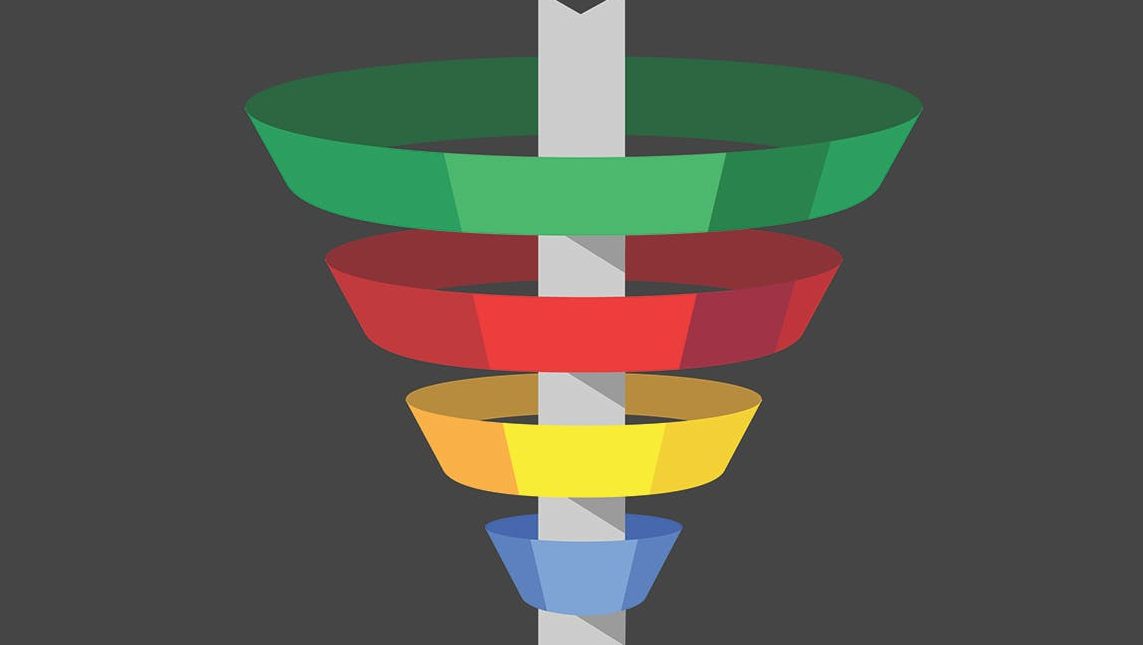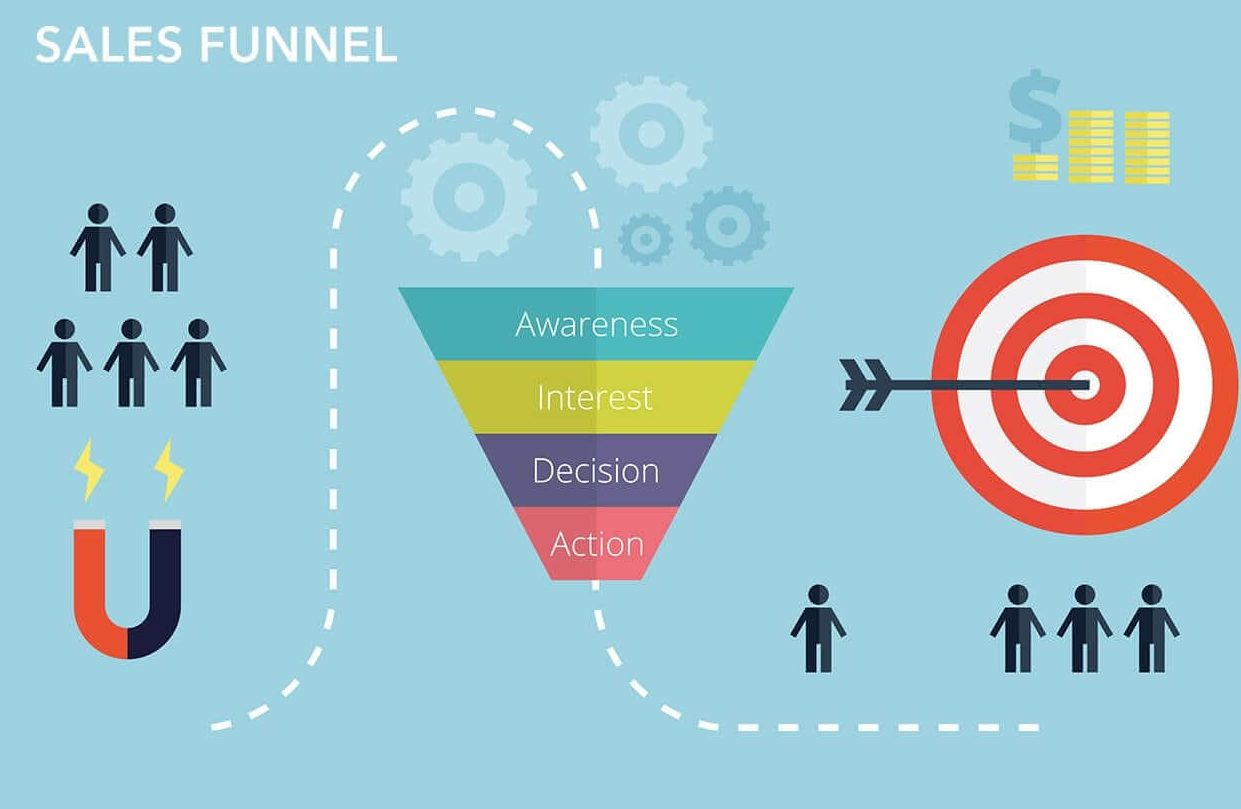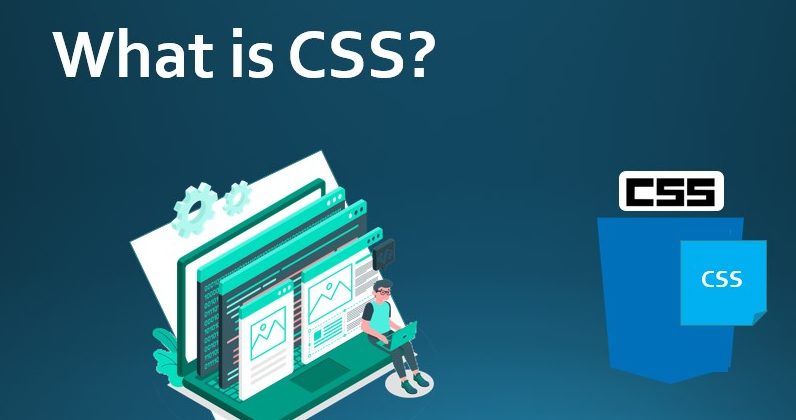Are you an entrepreneur or marketer and work for a specific brand? It means you know an important aspect. Every business needs transparency to achieve its goals and achieve the long-awaited success.
But visibility is not enough for business growth and success. We must start the journey to the desired destination with each consumer. It is this goal that can turn a prospect into a customer.
Before we embark on this journey, we need to find out who the target customer is that we will accompany on the journey of purchasing your product or service.
Understanding how consumers use a particular product or service is critical. In recent years, the market has become more demanding and competitive, and consumer behavior is changing rapidly due to many factors.
The key to awareness, customer acquisition and customer loyalty is knowing your target group. An audience that has to go through all the stages leading to a purchase.
In other words, it’s about the customer’s journey, and the journey is tough, not for them, but for you as an entrepreneur or marketer.
It’s a journey that begins at the brand awareness stage.
If your goal is to start a successful business, read this article, it will show you what and how to achieve the desired goals for you and your clients.

It’s an important journey, and at the end of the journey, the value you gave your customers comes back to you. It’s a win-win situation.
What is funnel marketing?
There are many different funnel marketing models, but essentially they all share the same multi-level structure, starting at the top and progressing through the remaining stages to the bottom of the funnel.

The marketing funnel represents the customer journey, starting with your brand awareness stage, passing through multiple stages, and ending with the conversion of a customer into an ambassador for your company.
In short, what are the steps of the marketing funnel?
We describe them in detail in the following sections.
Depending on what your customers search on a particular search engine, you may or may not be visible (familiar) on certain keywords.
When he finds you, he gets to know your brand, and then in a second step he tries to see if you can solve his problem or fulfill his desire. At this stage, you can help him realize issues (interests) he is not aware of.
The third stage of the funnel is the consideration stage, where potential customers are considering whether to choose your product, while also trying to see what your competitors have to offer. This is probably the most important stage where you need to find that “aha” moment that sets you apart from the competition and convinces them that you are the best choice.
The penultimate stage, the stage of conversion, is your grand goal, but the journey does not end there. You have to make sure your website is optimized for all devices or you will lose customers later.
Next comes the loyalty phase. Depending on how good your product is, customers will keep coming back. Not only that, but recommending you to friends, colleagues, and more. He will be like a brand ambassador.
Examples of funnel marketing
An example of a marketing funnel is a person’s journey through all the stages, possibly ending with purchase and loyalty. You can complete this journey by:

Interesting and relevant blog posts ⏭️ email list ⏭️ conversions.
Podcasts ⏭️ Blog posts ⏭️ Conversions.
Facebook advertising ⏭️Landing page (product page) ⏭️Conversion.
Publishing on an influencer’s page ⏭️ Landing Pages ⏭️ Converts.
A very important aspect is realizing that while your funnel marketing model is clear enough, the reality of the consumer may be different.
Think about how often potential customers abandon once they reach a certain level. You can buy directly or withdraw cash at any time. Or there may be a situation where two people don’t go through all the stages as you envisioned and become clients as they envisioned. Some people might sign up for your email so they end up converting. Others don’t sign up, quit, but come back and convert.
Remember that everyone is unique, which means everyone’s journey is different.
The examples below show how the funnel marketing model converts in different ways.
Effective Examples of Funnel Marketing
Netflix. The most popular premium streaming channel that allows customers to watch the latest movies, TV shows and documentaries.
In 2021, Netflix has nearly 214 million subscribers. Their website is intuitive, user-friendly and unmistakable, consumers get exactly what they want. The consumer experience is very pleasant as all information can be easily found and subscribed to.
The company offers the possibility to cancel the subscription without completing your contract. This means you can log out at any time.
What steps does the Netflix sales funnel follow?
1. Home page
Provide clear instructions for the free trial period. There is no risk of being automatically logged in if you don’t want to. Like most sites, they lure you in with a free month, after which you have to pay for at least the first month.
2. Price page
You can scroll to the Questions section where you can find information on tariffs.
You can use the service from any device.
Why is your sales funnel working?
Because the payment options are very good: gift cards, credit cards, PayPal. All known cards are accepted. The payment security offered by the site is clearly superior. Netflix is easy. Focus on the customer journey. I answer all questions.
What’s the difference between them?
mark. his strength. You can even reach them by phone, which is rarely the case with web-based companies. This detail creates a clear trust in the brand.
Build a good marketing funnel for a smooth consumer journey. That’s how you succeed, and that’s how the customer solves his problems. sounds good?
Benefits of funnel marketing
Whether you’re trying to increase sales, generate leads, or just drive traffic to your website, marketing channels matter. It can help you increase your visibility no matter what stage you want to engage with potential customers.
One of the most important benefits is measurability, as it can show you where consumers are dropping off and give you opportunities to improve your strategy.
Let’s take an example. If you lose customers after the first phase, you need to improve your visibility strategy.
Improve conversion rates. There will be a lot of people visiting the site, but they won’t stay long, and no purchases will occur. But those who stay have a very high probability of becoming customers.
Marketing funnels allow you to convert consumers into customers.
Earn trust in your brand. You can earn trust by providing relevant and informative content to potential customers.
They provide added value. You get value.
Get new leads. High-quality content will definitely attract customers. But you might want to know the following. What is the best content?
It depends on your business and how you solve consumers’ problems. Content needs to be informative and provide an answer to the question asked, which you must already know.
With various forms of content, ebooks, guides, articles, you can set goals for collecting emails. After receiving these, you can build a trusting relationship with your client.
You can use a funnel to estimate conversion rates. Because it’s measurable, you can predict how many people will go through each stage. This allows you to identify issues at the site, content, product, or service level.
If a customer leaves the funnel at some point, you’ll know why. This is important information for improving your marketing strategy.
You can build the best constructive communication relationships with potential clients as well as those who are already clients. Post-sale programs should include activities that will generate interest for repeat customers.
Customer retention is a process that consumes fewer financial resources than acquiring new customers.
You will self-track the benefits of each stage of the funnel against the goals you set for yourself.
How does it work and what are the stages of the marketing funnel?
The marketing funnel works, starting at the top of the funnel, attracting a ton of people who may or may not go through the following intermediate stages, and then work your way down to buyers, those customers you’ve already gained trust with.
What are the stages of the funnel?
We will refer to the most effective channels to best understand the consumer journey.
1. Stage of Awareness
No one can buy a product they didn’t know existed. You agree therefore, your goal is to make it visible by targeting the audience you want to target.
You can do this:
With the help of a well-designed ad, its message should convey the emotion very clearly along with the fact that the product is suitable for him. Facebook Ads, Google Ads, Instagram Ads, etc. Blog posts that provide consumers with valuable information and are engaging enough to generate traffic. We know that when people are interested in a certain product or information, they always search on the Internet. But they also learn about the product themselves before buying it. So consumers understand how you can meet their needs if you provide a solution to their problem.
Social media platforms can be used not only to publish valuable information, but also to create interactions with consumers.
Free webinars where you can provide relevant and useful information.
Search engine optimization, email newsletters are also methods you can use to increase your visibility.
Just one thing at this stage. The main goal is to have an impact on people whose problems your brand can solve.
2. Interest stage
This is the stage where you convert your brand awareness level into purchase intent. This is a time-consuming phase that is extremely important to funnel marketing. This is where you connect your audience with what they are already aware of about your brand and try to convince them to choose you over your competitors.
An important role at this stage is effective marketing strategy and how you help people understand how your product solves their problems. Offer them free tools or demos that can help convert consumers into buyers.
3. Consideration stage
When a potential customer understands what your product or service can do for them, but also wants to see what the competition has to offer. It’s time to stand out from the crowd. Study competing offers and develop added value.
4. Conversion stage
This is where you want to be, but that doesn’t mean it’s the whole and the end of the journey. no way! Get is not the only conversion type.
Conversions can also be email signups or using free tools. Use recommendations and comparisons that lead to conversions.
5. Loyalty and Advocacy Phase
The conversions have been made, but now you need to get them back, and that means delivering a great customer experience. From how you give the customer element the attention it deserves, to customer retention.
You can offer sections for questions and answers, tutorials, chat, and what people like at the moment.
Advocay means that this customer will recommend you to colleagues and friends, and share your content on the platform. Time to expand the experience by offering discounts and offers. Conduct short tests to get clear feedback that will help you improve your strategy.
You need to develop an effective strategy for this consumer journey to go through all the stages to the end without leaving.
The Difference Between B2B and B2C Brands in Funnel Marketing
The main difference between B2B (business-to-business) and B2C (business-to-consumer) brands is the number of people involved in the process and the level of interaction between the brand and the consumer.
In most cases, B2C consumers travel through the funnel journey alone or with minimal interaction with brands.
Customer targeting efforts are done by targeting large numbers of consumers or using marketing automation tools, with very few customers actually interacting with a representative.
On the other hand, a B2B client adds 5+ people from different departments. While the top layer of the funnel follows the same pattern as in the B2C case, the bottom layer is the sales agent who establishes communication with the B2B consumer.
Carefully analyze the above picture, it graphically explains the difference between B2C and B2B in funnel marketing.
Nonlinear funnel
The pattern of the marketing funnel has changed over time due to the evolution of the market, increasing competition, and changing consumer behavior, which is why many brands come up with a sophisticated approach to post-purchase behavior.
Although there is no consensus on the nonlinear funnel model, it remains a valuable method for assessing consumer behavior and optimizing marketing efforts. No matter which marketing channel model you use, the most important factor is that your marketing plan needs to be highly aligned with each stage of the buyer journey.
The shape of this marketing funnel, conical, starts with some buyer and goes top down to the bottom of the marketing funnel journey. From there, brands focus on post-sale behavior, taking into account factors such as customer satisfaction, ratings, and feedback.
The goal of this new approach to the funnel is to build strong relationships with consumers, not only making sure they don’t lose out to the competition, but making sure they come back to buy and become brand ambassadors.
Difference between marketing funnel and sales funnel
It is important to recognize the role of marketing and sales in the consumer journey. Let’s take a modern look at the comparison between the two, sales funnel vs funnel marketing.
What is funnel marketing?
This type of funnel summarizes how customers interact with your brand’s content, ads, and experiences, from the time they first meet your brand to becoming a satisfied customer.
Analyzing marketing channels helps companies align with consumer mindsets and identify where strategies are failing. So by identifying what’s working and what’s not, you can make a big difference.
How to explain the 5 stages of the marketing funnel from a buyer’s perspective?
Visibility – We’ve seen your brand.
Interest – I know what you’re selling and it seems like a good fit for me.
Consider – I’m interested in what you sell, but I’m not sure if you’re the best supplier.
Convert – I’m ready to buy your product.
Advocate – I am a customer who will come back and recommend you.
As you can see, marketing channels are divided into selling brands and selling products. However, this is achieved through content and experience rather than direct interaction.
This is one of the biggest differences between the two funnels.
What is a sales funnel?
It’s about the relationship your customer has with your sales team from the first purchase to the next.
The marketing funnel is about the interaction of consumers with branded content, while the sales funnel is about the interaction with your sales team.
A sales funnel is a great way to identify the strengths and weaknesses of your sales process.
Watch what happens to consumers as they go through the following stages:
1. The tip of the funnel. consciousness. First point of contact with your sales team. The goal is the next level.
2. The middle part of the funnel. Consider or qualify. This is the moment when consumers express their intentions and the sales team has the opportunity to influence the final decision.
3. Bottom of the funnel. Conversion and loyalty. It’s all about getting better. A type of customer loyalty to your brand.
Both funnels are images of the same journey, despite their differences. You can make them more efficient if you take into account the fact that the two meet at some point.
Customer Experience in Funnel Marketing
As a marketer, you need to look for ways to grow your brand, but you need to understand that it’s not just about selling or attracting customers. Focus on creating a pleasant journey for consumers.
Optimizing this journey will benefit both you and your customers. Not only is your business important, but your customers are too. There has to be this incredible win-win feeling.
The goals of any business should be the following:
“You provide value by what you do, by who you are. You get value.”
Focus on creating the best possible consumer experience and you will get unexpected results.
Every stage of the customer journey is important, which is why you need to take action to encourage consumers to go through all stages.
How do you get your customer journey funnel right?
1. Set your goals before creating such a funnel. What are you trying to achieve with this strategy? Which outcome was successful for you? Goal setting helps you shape your strategy by creating a customer journey map.
2. Create a customer journey map that helps you understand what happens at each stage and take steps to encourage customers to go through all stages.
3. Identify the stages of consumer abandonment. Analyze feedback to make improvements.
4. Develop a strategy that addresses where consumers get off track and helps you improve their experience. This could mean creating new content, customer service, or website optimization.
5. Test and optimize. Analyze how the implemented strategy works.
6. Measure the results and make changes if necessary. Conversion rates, feedback, and other metrics.
7. Repeat. Improve everything you need to make the customer experience a delight.
Use templates to create customer journey maps for great results.
The best results come from continuous hard work and full commitment.
Strategies for Successful Marketing Channels
An effective strategy must take into account changes in consumer behavior. Whether your product or service has a long or short sales cycle, a holistic marketing plan that integrates all elements is the key to a successful marketing campaign.
A good marketing plan gathers the information needed to create a great customer experience, from the top of the cognitive model to the end of the purchase.
The consumer journey is not linear, they move from platform to platform and device to device, a fact that you must take into account when creating your marketing campaigns.
The key to a successful campaign is knowing and understanding your audience and how they move through the stages of the funnel. By understanding these aspects, you can determine how to implement them.
Below are the steps of a funnel marketing strategy.1. Understand the stages of the marketing funnel
There are countless ways to divide the parts of the funnel, but basically there are 3 parts.
The upper funnel, the first stage of the consumer journey. Now you are attracting new customers to introduce your brand. They can tell your story, gather information via cookies, or harvest email addresses from people interested in your brand. Videos, showcases are great attention grabbers, the purpose is to grab attention, click and bring them to your website.
Medium funnel. Turn prospects into leads. Consumers are now thinking about your brand and looking for information about it, but also about your competitors. Videos, Showcases are formats that lead consumers to high quality content eg B. Blog Posts, eBooks. It’s time to stand out from the competition.
The bottom of the funnel where potential customers show interest in your brand and are ready to buy. You want them to choose you. Make sure you have a simple and clear CTA (call to action) that is relevant to the product you are promoting.
1. Definition of target group
You need to know who your target audience is and where they are in the funnel. Use different targeting strategies to reach your audience. Use the 5 W’s – Who, What, When, Where, Why – to define the ideal image of your target customer.
2. Determine where and how to reach your audience
Research the best platforms to reach your audience. Social media platforms, websites, TV? Ask yourself where they typically discover brands, how much time they spend consuming content on one platform or another, what type of content they consume, and what are their main interests.
Once you’ve determined which channels you need to advertise on, consider the strengths and weaknesses of each platform and decide where in the funnel to place them.
3. Set realistic goals for each stage of the funnel
4. Create a message and use creative imagery to help it make an impact. No matter where you are in the funnel, use it to tell your story.
How do you measure conversion rates in funnel marketing?
The best online activities are the ones that persevere in reaching your goals and pay attention to the results of measuring the results achieved. Measuring the conversion rate in the marketing funnel determines the improvement of customer experience.

These results are measured using a variety of tools that help improve follow-up activities.
Tools to Measure Funnel Results
Here are some solutions for measuring the results of campaigns run through your marketing funnel:
Google Analytics
It provides a broad and detailed view of websites that have implemented this tracking code. You can get detailed information about what your visitors are doing on your site, which pages you visit the most, how long they spend on your site, where they arrived on your site, what platforms and devices they used, the number of unique visitors, orders placed, and other details Information about information relevant to your business.
Facebook Ads, Google Ads, Instagram Ads, TikTok Ads
Gain insight into the consumer journey with ads placed on multiple social media platforms, Google or other search engines.
Platforms to Measure Email Marketing Campaigns
MailChimp gives you information on email open rates, click-through rates for links in emails, unsubscribe rates, and more.



